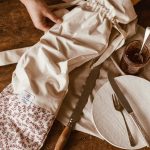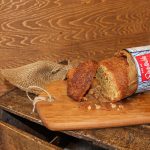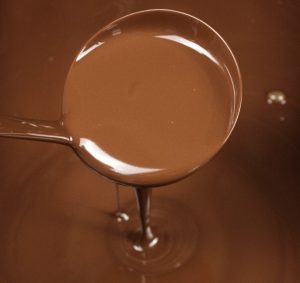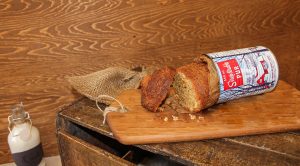
So, Mamie... how is your flour made?
When you read the signs describing our bread in the store, or ask for clarifications on our flours, you may have already wondered: “What is Mamie’s mix?” or “Why is it mentioned so often at Mamie’s?” or “What mill produces their flour?” Mamie is going to reveal all her secrets (well, almost all of them), like how a flour blend is made for a bakery, and more specifically for Mamie Clafoutis.
Before Joseph and Nicolas opened their l’Ile-des-Soeurs location, one of things on the top of their to-do list was to find a mill in Quebec that produced organic flour and which was able to create a blend that was made expressly for them. Quite the tall order! The La Milanaise mill, in the Eastern Township town of Milan, accepted the challenge, and from that moment, the long process of elaboration began.

1. Defining expectations
This first step outlined the characteristics needed to make the ideal mix. What Mamie wanted was an organic flour, rich in nutrients, with a specific flavor and which allowed them to manufacture bread with a dense crumb.
2. Carrying out several tests
Once expectations were established, the millers looked at their database to determine which wheat varieties could possibly be used to make the blend and, at the same time, fulfill all the desired criteria.
To create a flour and, more particularly, the tests that will make the blend come to fruition, it is preferable to assemble several varieties of wheat. This makes it possible to really stabilize the blend from one year to the next, or even one harvest to the next.
Think about it. If Mamie didn’t have her own wheat variety in her flour, and if meteorological conditions turned bad one year and didn’t give us a big enough harvest, or the quality was somehow compromised… we wouldn’t be able to propose a mix that is always consistent. This is a good illustration of «not putting all your eggs in one basket.»
Focus on wheat varieties
There are hundreds, maybe even thousands, of wheat varieties, which are assorted into 2 big families:
. Winter wheat (planted in September and harvested in August)
. Spring wheat (planted in April and harvested in September).
It is important to know that, until recently, winter wheats didn’t exist in Quebec; only spring wheats were harvested.
Seed companies are the ones who develop new varieties and it takes on average 12 years to truly perfect one. Once it can be harvested, it goes into the renowned database along with all the other varieties.
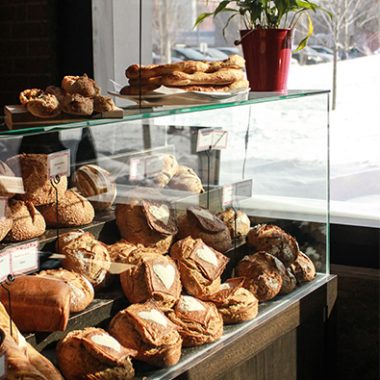
DID YOU KNOW?
It happens from time to time that the dough takes on a slight aroma of grass, flowers or even cinnamon during kneading. This phenomenon occasionally occurs in organic production when green manures are sown in the wheat. Different varieties of clover are thus used as green manure (Alsike clover, Ladino clover or white sweet clover); these clover plants fix nitrogen from the atmosphere in the soil, thus providing a very good source of natural fertilizer and improved protein quality. At harvest time in early August, if there is heavy dew, sometimes the floral aromas are transmitted to the wheat. This odor can be detected during kneading.
3. Test results
After several tests, La Milanaise was ready to present six blends that could potentially be suited to Joseph and Nicolas’s needs.
Three days were needed to test all of them out. It was absolutely necessary to use them in every step of breadmaking so as to verify the quality of the product. And from the six, they picked a winner!
4. Flour production and quality checks
Made up of seven different types of wheat, (four winter – three spring), Mamie’s mix was then grown in large quantities to be utilized in the shops.
And every year, new tests must be carried out to check the consis-
tency of our flour from one field to the next.
Among all who get their products from La Milanaise, we are lucky enough to have a blend especially created for our signature flour. It is an extremely rare privilege and we are very happy that La Milanaise has followed us for such a long time now.
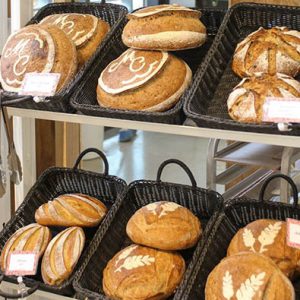
Summing up the advantages of Mamie’s mix:
> local
> healthy
> exclusively made
> organic
> stable finished product
> small production
All our bread is made using this mix, expect for our spelt bread, the “carré de blé intégral”, “le carré de blé intégral tournesol” and “la miche au khorasan.”
